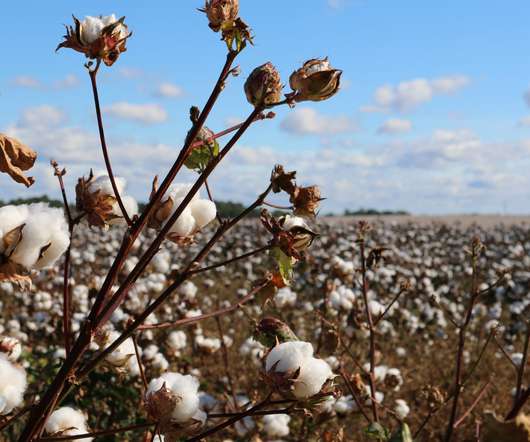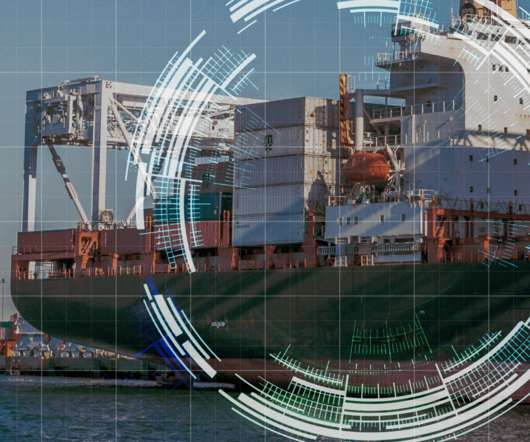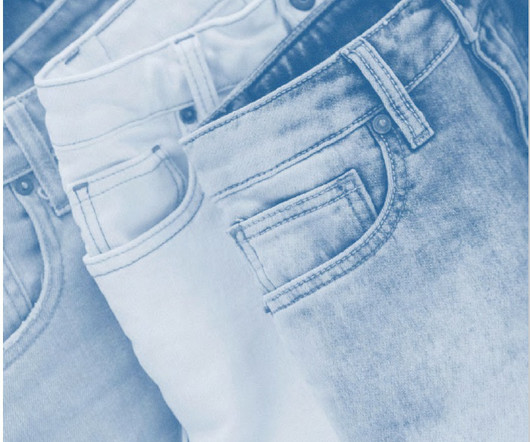What is the True Cost of Sustainable Apparel from Bangladesh? Insights from Harvard “Sustainable Models for the Apparel Industry” Conference
NC State SCRC
OCTOBER 14, 2016
Rejaul is from Bangladesh, and is working on his PhD in the College of Textiles at NC State University, and is passionate on the subject of sustainable apparel from his home country. What are the major facts inhibiting the Bangladesh apparel industry in being safe and sustainable? retailers, U.S. During the Conference, Prof.




















Let's personalize your content